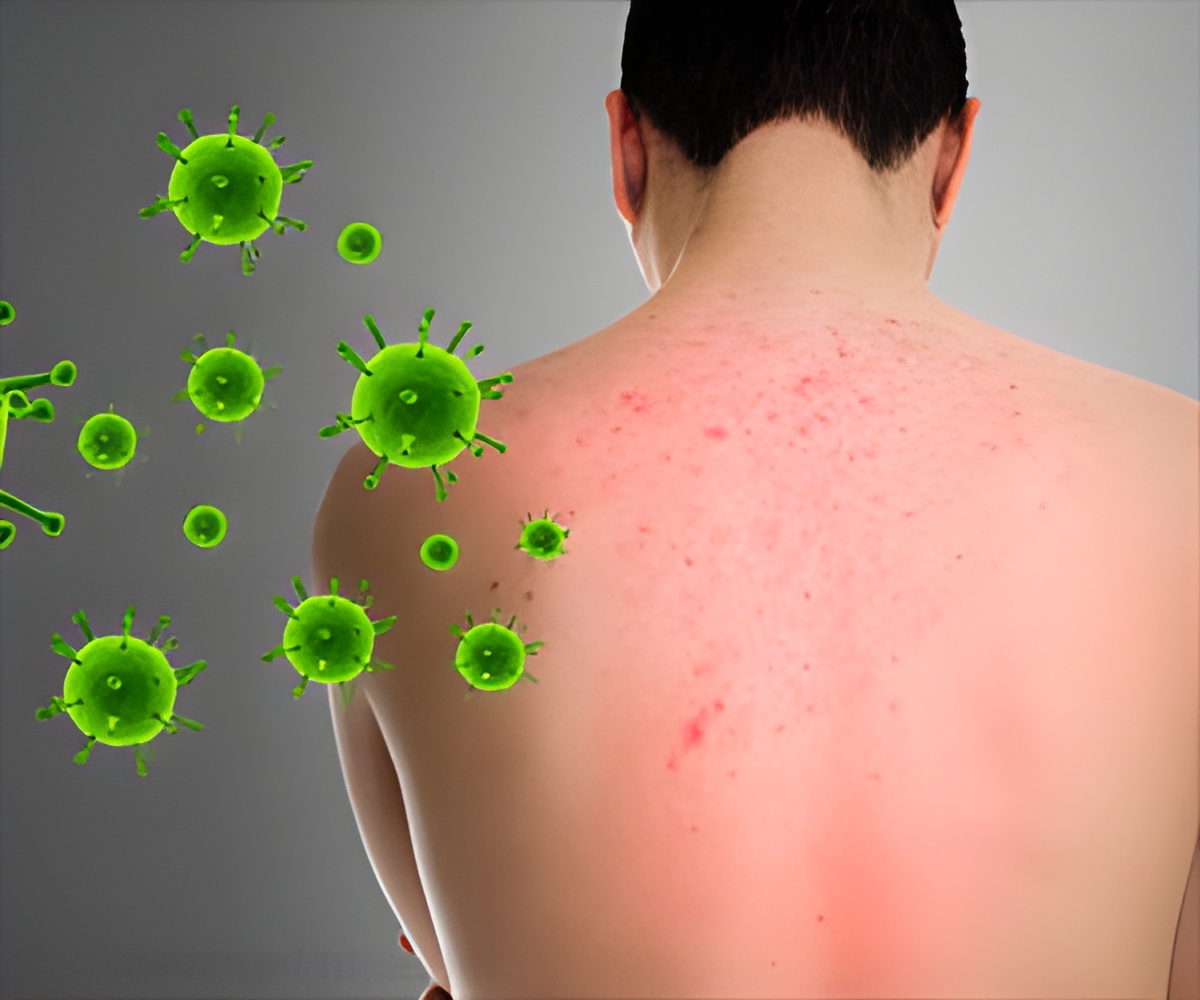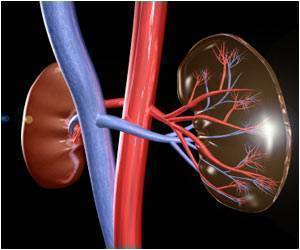A new experimental study in mice shows an increase in the number of immune cells regulated by allergic inflammation during the development of skin cancer.

‘The excessive regulatory T-cell activity associated with allergic inflammation may provide space for cancer to develop by inhibiting the immune response.’





One of the key cytokines in type 2 inflammation is interleukin-13 (IL-13), which causes, among other things, bronchoconstriction, and increased mucus secretion in allergic asthma.The basic finding of the study is that the tumors formed earlier and were more abundant in the absence of IL-13Ra1 than in its presence.
Mice were used as experimental animals in the study. Murine T cells show little expression of the IL-13 receptor and, somewhat surprisingly, the study found that IL-13 receptor deficiency led to an increase in the number of immune-suppressing regulatory T cells during the development of skin cancer.
While the exact mechanism remains unclear, it is clear that when the IL-13 receptor expression on the cell surface is absent during the development of cancer, the number of regulatory T cells increases, and the immune response is suppressed (skewed).
The study also shed new light on the relationship between inflammation and cancer. The abnormal accumulation of inflammatory cells after IL-13Ra1 deficiency strongly suggests that there is a chronic oxygen deficiency in the tumors associated with this abnormal new blood vessel formation. This potentially drives the formation of cancer.
Advertisement
Researchers will continue to investigate the current finding at the molecular level. The current findings are published in the Journal of Investigative Dermatology.
Advertisement
Source-Medindia















